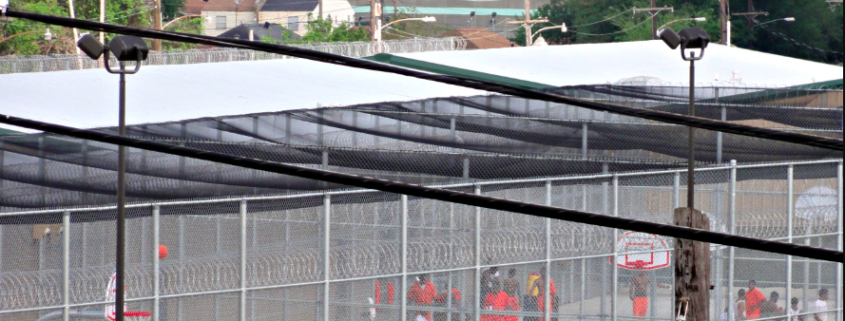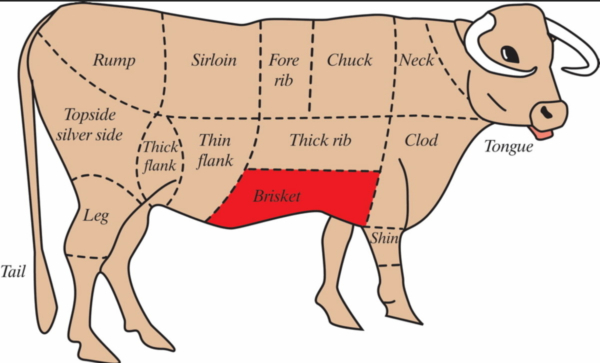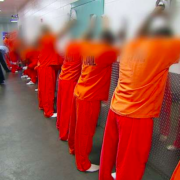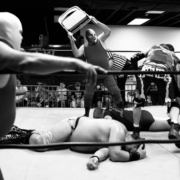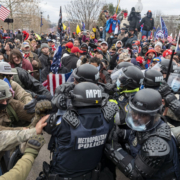Addressing the diversity of American correctional facilities and systems
Unless you have direct experience with incarceration, many people think that all correctional facilities and systems in the United States are the same.
The reality, however, is that there’s considerable variety among the places and systems that manage the approximate 2.1 million people who are currently incarcerated.
How exactly do correctional institutions and systems differ?
We can probably come up with five categories on which these entities vary including: philosophy of incarceration, facility types (e.g., city and county jails, state prisons, federal penitentiaries, specialized units, Immigration and Customs Enforcement Detention Centers, etc.), management styles, public versus private entities, the types of populations that are incarcerated, and geographic/cultural variations.
Thus some jails, prisons, etc. are better at providing safe and secure living and working conditions, adequate health, medical and psychological care, while others are worse at delivering these kinds of things, etc..
Why is this important to know?
First, given the importance of jails, prisons and other correctional facilities not only for the criminal justice system, but in their attempts to achieve their goals (i.e., punishment, public safety, rehabilitation, deterrence, etc.), it’s important that we encourage informed discourse, and avoid making generalizations, and relying on myths, especially when they do not accurately reflect what we know to be true.
Second, understanding that there is considerable variety may help us to recognize disparities and perhaps address them in a timely fashion.
Third, understanding the diversity may assist correctional administrators and planners to tailor or better shape interventions and policies.
Fourth, and most important, understanding that there is variety may lead to better approaches to humanizing the carceral experience.
So how do we go about addressing the disparities, and improving jail and prison conditions so they are more just, safe and humane not only for inmates but for correctional workers too?
Numerous proposals have been advanced, including improved reporting systems, 1-800 numbers, etc. Overall these approaches are typically piecemeal.
If we want to better target our efforts, we might consider directing them towards the jails and prisons and correctional systems that need them the most.
How would we go about doing that? To begin with almost all correctional facilities and systems can be rank ordered on the previously mentioned continuums.
And a handful of organizations (e.g., Prison Policy Initiative; Vera Institute of Justice; U.S. Department of Justice, Bureau of Justice Statistics; PrisonInsight, and the Human Rights Defense Center (HRDC) do this sort of thing.
Sometimes this process generally relies upon self reports, provided by correctional institutions and systems and at other times they don’t. More importantly, there is no comprehensive scaling system, and the reports are released on a sporadic basis.
If we can find the correctional facilities, processes, practices, and system that need to be reformed the most, then prison activists and reformers, and correctional workers can target our collective efforts.
Until then activism directed at improving jails, prisons and other correctional facilities and systems is going to be a little bit of this and a little bit of that. People protesting against substandard and/or horrific jail and prison conditions, policies and procedures may feel like they are spinning their wheels because their efforts are spread all over the place.
Photo: Orleans Parish Prison, Louisiana. March 2012.
Photographer: Bart Everson

